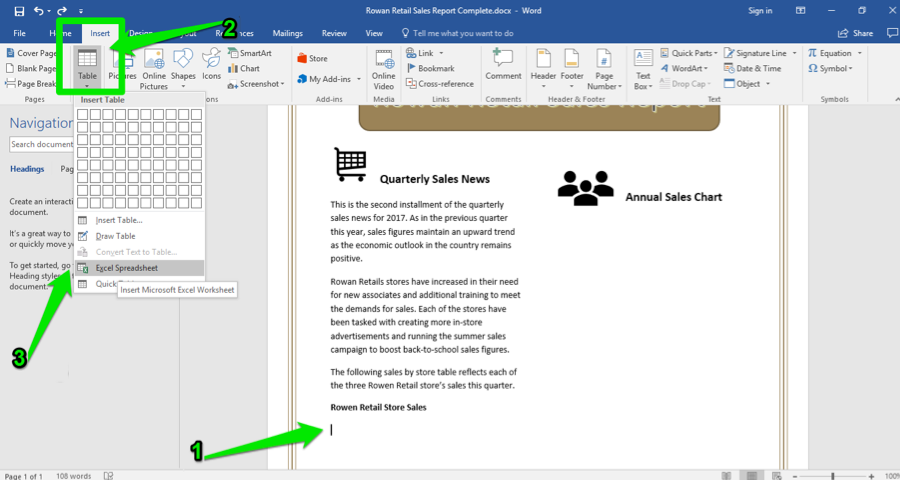

This entry was posted in Advices and tagged end, home, iterm, iterm2, mac, mac os x, terminal on Februby Azat.
Iterm2 move cursor by word software#
Microsoft MVP | Book and Course Author | Software Engineering Leader To contact Azat, the main author of this blog, submit the contact form or schedule a call at clarity.fm/azat and we can go over your bugs, questions and career. Become a Command Line Ninja With These Time-Saving Shortcuts.Skip to Next or Previous Word in iTerm Using Alt / Option + Left or Right Arrow Keys.Fixing Home, End, Page Up, and Page Down in Leopard’s Terminal.Maybe there is some history to it, but it seems like I’m not the only person who has encountered (and/or fixed) the issue: I don’t know why Terminal and iTerm by default have broken shortcuts. For the next word option+right shortcut, enter f. To set up previous word shortcut, press down option+left and then select ‘Send Escape Sequence’ and enter b. Below is my default arrangement when iTerm starts. It also supports keyboard mapping and Arrangements to save your shell and window settings. Like Terminal, it allows you to create profiles for various shells, or ssh connections. Repeat the same thing for end substituting shortcut with command+right and hex with 005. iTerm2 is a great terminal for macOS and pretty close to the Microsoft Terminal app for Windows. To set home - that is, to jump to the beginning of a line - press command+left and then select ‘Send Hex Code’ and enter value 001. Open Profiles tab and click on Keys for the Default profile. When there are multiple possible expansions, there will be an alert sound.Go to your iTerm and open preferences from the menu (iTerm-> Preferences) or by using command +, or ⌘ +, shortcuts. This will replace bash ‘globbing’ characters such as ?, * and ~. There is another form of completion which you invoke with pressing the esc(ape) key twice. The case-sensitivity of the file system may change with the upcoming APFS file system. However, since the macOS filesystem (HFS+) is (for now) case-insensitive, you may want to switch tab-completion to be case-insensitive, too. Tab-completion will also automatically escape problematic characters such as spaces: $ cd /Library/Appl⇥ Using tab-completion not only saves keystrokes, and time, but also reduces the potential for typos and errors. When there are multiple options to complete, bash will play an alarm sound, if you then press tab for the second time, it will list all options: $ cd ~/D⇥⇥ There does not seem to be a keystroke that just clears the entire current line, but most of the time your cursor will be at the end of the line, so ctrl-U will do the trick.Īnd finally, you can option-click with the mouse pointer on a character in the command line to move the cursor there.

If you recalled a wrong command, then you can clear the entire part left of the cursor with ctrl-U and the part right of the cursor with ctrl-K. You can use ctrl-A to jump to the beginning of the line and ctrl-E to jump to the end.Ĭtrl-XX (hold ctrl and press ‘x’ twice) will jump to the beginning of the line and then back to the current position the second time you use it.


You can use (option) ⌥-left (or right) to move word by word. The left and right arrows move the cursor left and right. Once you have recalled (or typed) a command and want to edit it, you will have to move the cursor. When you get ‘stuck’ in the search mode you can leave it with ctrl-G. So ctrl-R and then typing cd will recall the last cd command you typed. This will search through the history backwards and recall the latest command you used starting with what you typed. Instead of hitting the up arrow several times, you can also hit ctrl-R and start typing a command you used before. You can also hit the down arrow to move forward again. You can hit the up arrow multiple times to go back further in your command history. Hitting the up arrow will recall the previous command, leaving the cursor at the end of the line, so you can either hit return to execute the command or edit it. Often you want to retry or re-use a previous command. These key commands are for the default Terminal configuration with the bash shell. Sometimes you have to move the cursor around the prompt line and there are more efficient ways of doing this than hitting the left arrow multiple times. One the most basic elements of a command shell is the prompt line, where you enter the command. I have talked a lot about the Terminal recently.


 0 kommentar(er)
0 kommentar(er)
